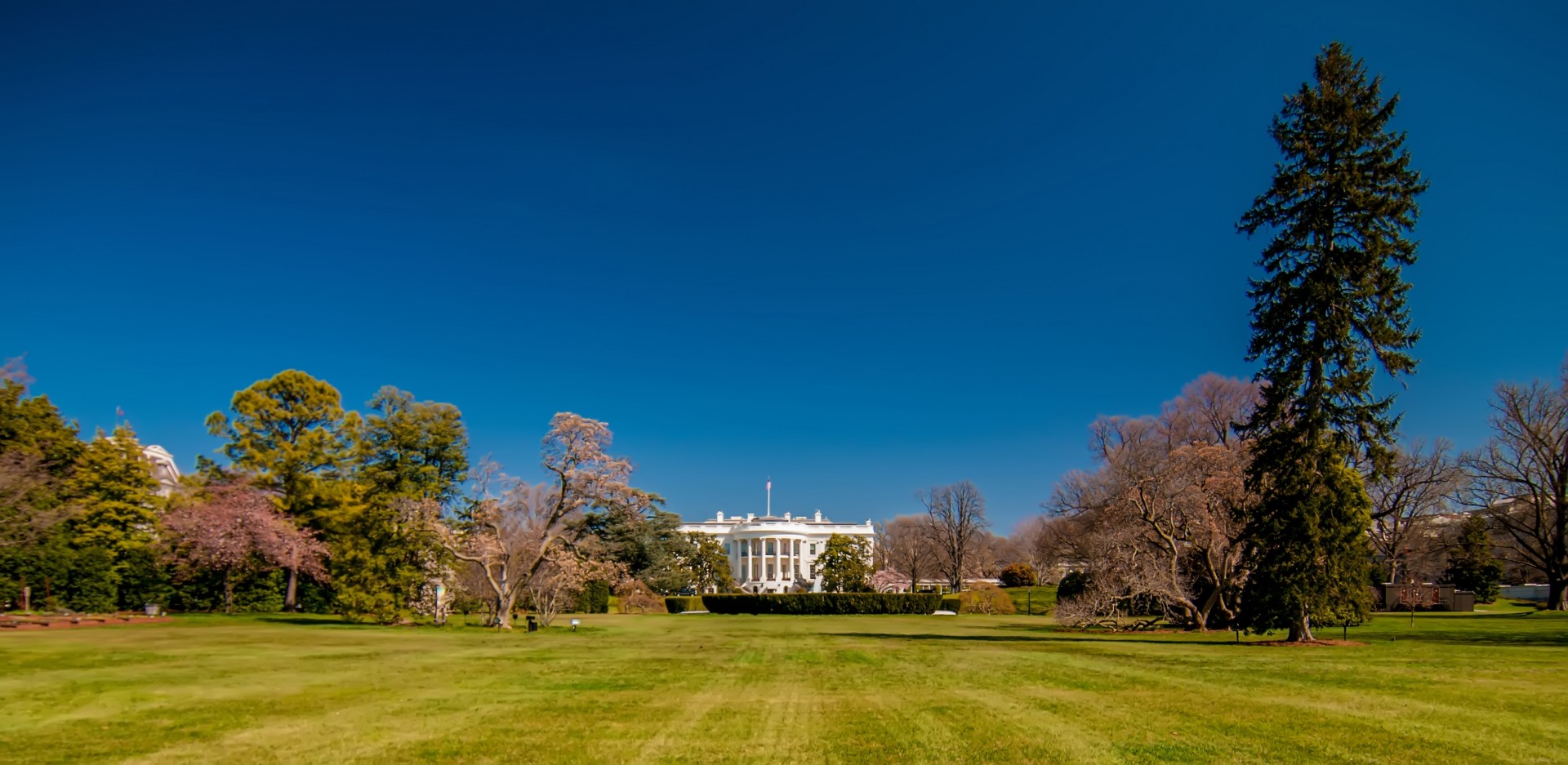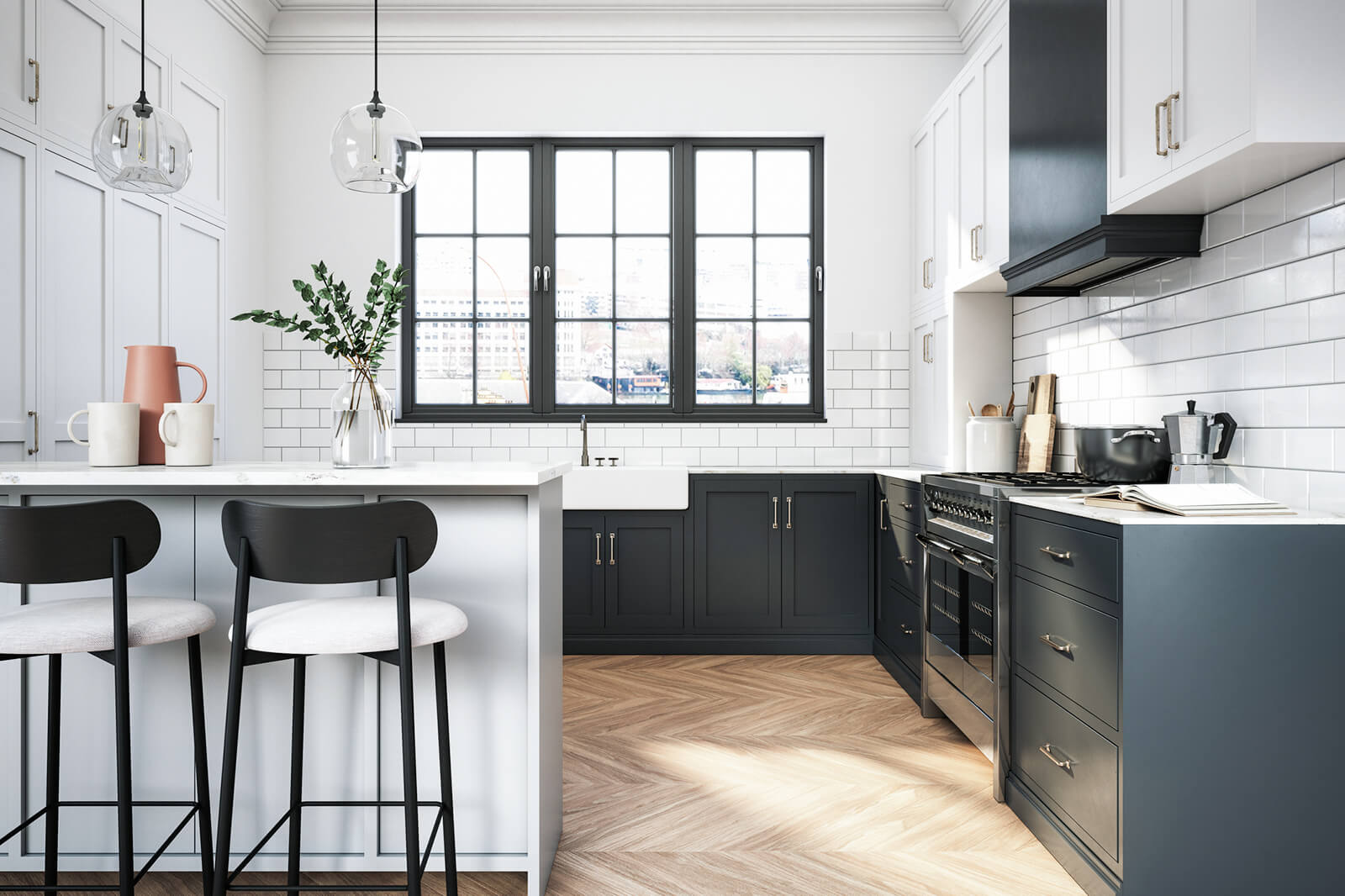Table Of Content

First lady Michelle Obama added a 1,100-square-foot vegetable garden on the south grounds in 2009. The West Wing also houses the Situation Room, the Cabinet Room, the Press Room, and offices for advisors and the chief of staff. Additional offices for the president’s staff are located in the Eisenhower Executive Office Building.
King Tut once lived at the White House
William Taft hired architect Nathan Wyeth to expand the executive wing in 1909, resulting in the formation of the Oval Office as the president’s work space. In 1913, the White House added another enduring feature with Ellen Wilson’s Rose Garden. A fire during the Hoover administration in 1929 destroyed the executive wing and led to more renovations, which continued after Franklin Roosevelt entered office. The building’s South and North Porticoes were added in 1824 and 1829, respectively, while John Quincy Adams established the residence’s first flower garden. Nine proposals were submitted for the new presidential residence with the award going to Irish-American architect James Hoban.
Facts About the Wild West
The official residence and office of the president of the United States, the White House has been the home of every president since John Adams and the site of some of the most important events in American history. The White House Visitors Centre is worth visiting regardless as a great source of White House history, including details of the building’s architecture and history. There are plenty of fun anecdotes and a comprehensive American Presidential history. Allow an hour or two to do it justice and the visitors centre is open until 4pm daily.
‘Who's ready to skate?' Jill Biden unveils holiday ice rink at White House - NBC Washington
‘Who's ready to skate?' Jill Biden unveils holiday ice rink at White House.
Posted: Thu, 30 Nov 2023 08:00:00 GMT [source]
The History of Advent
The first lady established the White House Historical Association to help raise awareness of its heritage and had it declared a Museum to help preserve it. Mrs. Kennedy also transformed the old Prince of Wales suite into a private dining room, and the Family Kitchen became the Primary Kitchen. During the War of 1812, much of the city of Washington was burned by the British army.
The vice president has an office in the West Wing, as well as the ceremonial office in the Eisenhower Executive Office Building. A small East Wing was first added in 1902 as an entrance to the White House. Today’s structure was built in 1942 and sits atop the Presidential Emergency Operations Center. The two-story East Wing houses the office spaces of the first lady and her staff. The private residence of the first family is located on the second floor.
Vice President Dick Cheney used the passage during the 9/11 terrorist attacks and, The Washington Post reports, President Donald Trump was likely sequestered there during a 2020 protest outside the White House. At 55,000 square feet, the six-floor White House boasts 132 rooms (16 are family guest rooms), along with 35 bathrooms. According to the official White House web page, it’s home to 28 fireplaces, eight staircases, three elevators, 412 doors and 147 windows—and has a kitchen equipped to serve full dinner for up to 140 guests, or hors d'oeuvres for 1,000-plus visitors.
The White House has undergone many renovations throughout its history, starting with Thomas Jefferson, who, along with architect Benjamin Henry Latrobe, added the East and West Colonnades, which now link the East and West Wings with the Executive Residence. The first major renovation of the White House took place during the War of 1812. On August 24, 1814, British troops marched on Washington, DC, and burned the White House, the Capitol, and several other public buildings. Hoban returned to rebuild the residence, and while work was completed in 1817, he continued to work on additions for several more years. In 1824, he added the South Portico for James Monroe, and he constructed the North Portico for Andrew Jackson from 1829 to 1830. Jefferson also improved the presidential grounds from a barren site that had been left after construction of the White House.
Architectural competition
The District of Columbia is located between the states of Virginia and Maryland, along the banks of the Potomac River. The U.S. Constitution has provided for it as a federal district under the exclusive jurisdiction of Congress, so it is not part of any state. Some of its occupants made more restorations, others less, but over the years, each president of the US has added some of their own personal touches to the house. The next significant renovation in the White House took place in 1824 under the mandate of Thomas Jefferson, who designated Benjamin Henry Latrobe as the “Supervisor of Public Buildings” of the United States.

The entire city of Washington DC did not exist in 1789, when Washington took office. Unlike most nations, the United States specifically created a federal city that existed independently, outside of any state, to be the national capital. Washington DC was designed and created to be the nation’s capital and not be beholden to, or provide a special advantage to, any state. Inside this new city, a residence was created to be the seat of the executive branch and serve as the living quarters and office of the chief executive.
Presidents are allowed to renovate the White House to fit their personal needs, as well as those of their families. The White House was rather unique in that it was designed to be both a private residence for the nation’s chief executive and a public house that citizens could visit free of charge. At the time, the mansion was not typically called the White House but rather the “President’s House” or “Executive Mansion.” It received its formal title of “White House” in 1901 by President Theodore Roosevelt.
The Roosevelt renovation was planned and carried out by the famous New York architectural firm McKim, Mead and White. Roosevelt’s successor, President William Howard Taft, had the Oval Office constructed within an enlarged office wing. Architect Eric Gugler more than doubled the space of what was becoming known as the “West Wing,” added a swimming pool in the west terrace for the polio-stricken president, and moved the Oval Office to the southeast corner. A new east wing was constructed in 1942, its cloakroom transformed into a movie theater. The White House and grounds cover just over 18 acres (about 7.3 hectares). Before the construction of the North Portico, most public events were entered from the South Lawn, the grading and planting of which was ordered by Thomas Jefferson.


No comments:
Post a Comment